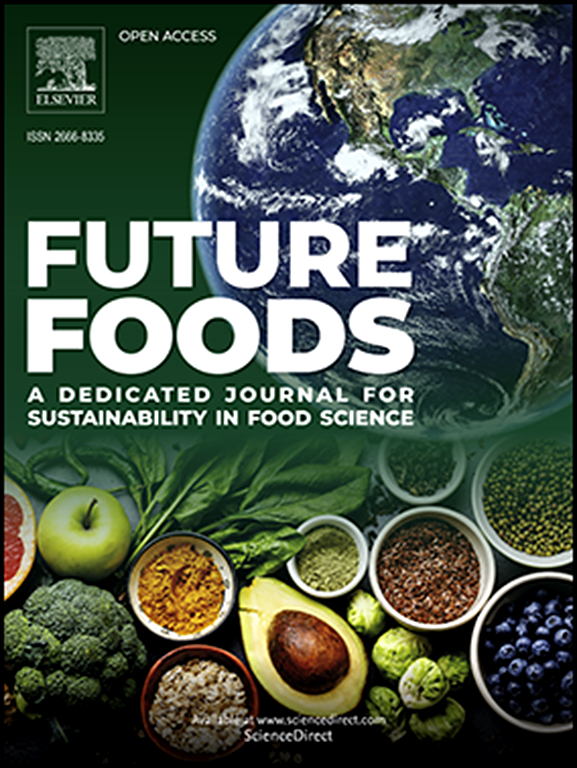Texture engineering of aquatic protein-based products via 3D food printing
IF 7.2
Q1 FOOD SCIENCE & TECHNOLOGY
引用次数: 0
Abstract
The versatility of 3D printing in digital design and material deposition explored to adjust the internal architecture of a large portion of a protein-based food. The effect of infill density, printing pathways and their combination in customizing textural properties of model products made of proteins from fish side streams were systematically investigated. A direct correlation between the infill density and uniaxial firmness of the printed objects was found. Using different printing pathways across the Z-axis showed that parallel printing pattern can produce anisotropic textures in macroscale. This was due to a nonhomogeneous load of materials in parallel with the printing pathways, compared with its perpendicular direction in mesoscale, as revealed with microtomography imaging. Using cross printing pathway design was found as a way to achieve isotropic textures. Finally, using a combination of infill density and printing pathways across the X, Y axis and vertically in a non-parallel manner within a large portion of a product was proven as a new route to achieve a customizable texture profile in different parts of a single product. Altogether, our results demonstrated new possibilities for the development of protein-based products with customized heterogenous textures, closer to those in muscle, using the 3D printing technology.

求助全文
约1分钟内获得全文
求助全文
来源期刊

Future Foods
Agricultural and Biological Sciences-Food Science
CiteScore
8.60
自引率
0.00%
发文量
97
审稿时长
15 weeks
期刊介绍:
Future Foods is a specialized journal that is dedicated to tackling the challenges posed by climate change and the need for sustainability in the realm of food production. The journal recognizes the imperative to transform current food manufacturing and consumption practices to meet the dietary needs of a burgeoning global population while simultaneously curbing environmental degradation.
The mission of Future Foods is to disseminate research that aligns with the goal of fostering the development of innovative technologies and alternative food sources to establish more sustainable food systems. The journal is committed to publishing high-quality, peer-reviewed articles that contribute to the advancement of sustainable food practices.
Abstracting and indexing:
Scopus
Directory of Open Access Journals (DOAJ)
Emerging Sources Citation Index (ESCI)
SCImago Journal Rank (SJR)
SNIP
 求助内容:
求助内容: 应助结果提醒方式:
应助结果提醒方式:


